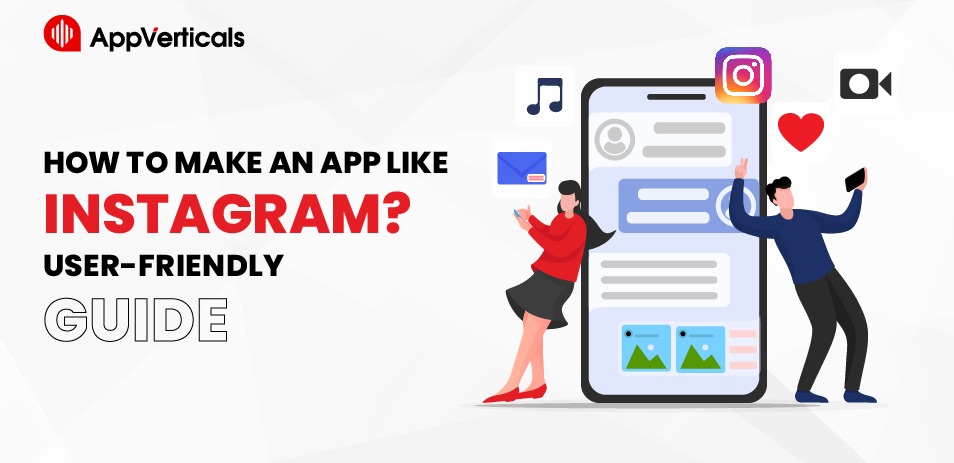Instagram’s emphasis on visuals—through photos, videos, stories, and reels—has set a new standard for content creation and engagement. Beyond personal use, businesses and influencers have found Instagram an indispensable tool for brand growth and marketing.
The potential for user engagement, monetization, and viral growth is immense. Social media apps like Instagram have changed the way people connect, giving rise to a multi-billion-dollar industry that prioritizes visual content and instant engagement.
Creating an app like Instagram holds immense appeal for startups and entrepreneurs. Partnering with a skilled app development company can be a game-changer. This article will break down the essential aspects of building an app similar to Instagram.
Whether you’re developing an app like Instagram for Android or searching for the next big Instagram alternative, this guide covers it all.
Let’s discuss it in detail!
Key Features of Instagram
With 2 billion monthly active users, Instagram is one of the most popular social networks in terms of the number of users.
When building an app similar to Instagram, understand its core features and how they contribute to the user experience.
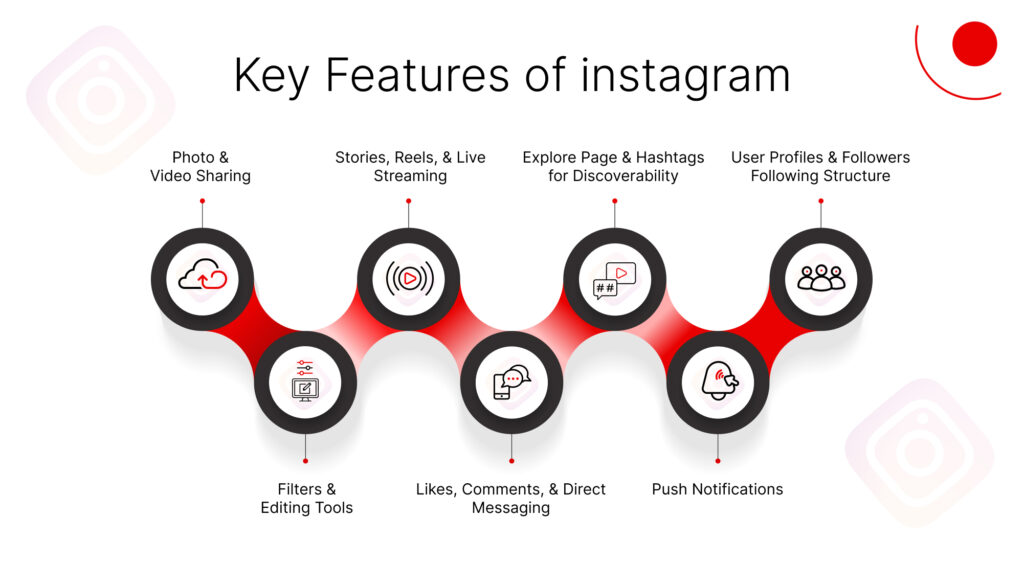
1. Photo and Video Sharing
Instagram allows users to easily share high-quality images and videos, which is the foundation of its visual appeal. For an app to be similar to Instagram, offering smooth photo and video uploading with intuitive cropping and editing options is essential. Users expect swift media uploads without sacrificing quality.
2. Filters and Editing Tools
One of Instagram’s defining features is its collection of filters and editing tools. From enhancing brightness to applying artistic effects, these tools have made everyone feel like a photographer. Your app should have built-in editing tools, which add value for users who want to post polished content without leaving the app.
3. Stories, Reels, and Live Streaming
Thanks to Instagram Stories and Reels, temporary content sharing has become incredibly popular. These features boost engagement by allowing users to share short-lived content. Reels, in particular, cater to the rising demand for short-form video content, making this feature a must-have for any app like Instagram.
4. Likes, Comments, and Direct Messaging
Social interaction is at the heart of Instagram. Users can like and comment on posts, while direct messaging allows private conversations. Real-time interactions via likes and comments are vital for increasing engagement and ensuring that users stay on the platform longer.
5. Explore Page and Hashtags for Discoverability
Instagram’s Explore Page and the use of hashtags allow users to discover new content. When designing an app, it’s essential to build a recommendation engine that surfaces content based on user preferences and interactions. Hashtags also allow content to reach a broader audience, fostering growth and community building.
6. Push Notifications
Push notifications keep users engaged by alerting them to new likes, comments, or messages. Notifications can also remind users to return to the app, making them critical for retention. Be sure to balance engagement with non-intrusive notifications to avoid overwhelming users.
7. User Profiles and Followers/Following Structure
Instagram’s follower system allows users to create and manage their networks, making it a key component of social media apps. Your app should allow users to follow others, view their profiles, and engage with their content easily.
Why These Features Matter for Your App Similar to Instagram?
Each of these features contributes to user experience optimization and engagement. When building an app similar to Instagram, it’s crucial to focus on how these features improve retention, encourage social interaction, and provide value to your users.
For example, incorporating real-time notifications enhances user activity while offering personalized recommendations through hashtags, and the Explore Page makes the app more engaging.
A 10-Step Guide To Make An App Like Instagram
Here is 10-step guide that will help you understand each and every element you require while making an app like Instagram
1. Researching the Target Audience and Market
For startups and entrepreneurs aiming to create an app like Instagram, deep market and audience research are essential.

Why To Understand Your Target Demographic?
Instagram’s primary user base is between 18-34 years old, with a significant focus on younger audiences who prioritize visual content and mobile-first experiences.
Knowing this, any Instagram alternative you develop should focus on visual appeal, easy sharing, and instant engagement.
Research Methods to Know Your Audience
- Conduct user surveys or interviews to understand their preferences. What features do they want on a social media platform like Instagram? What do they dislike about current platforms?
- Analyze existing apps like Instagram, such as Snapchat, TikTok, and Pinterest.
- Observing how users interact with visual content. Features like short-form videos, interactive stories, and ephemeral content are becoming more popular.
Key User Behaviors and Preferences
The modern social media user thrives on:
- High-quality photos, videos, and stories.
- Features like likes, comments, and live streaming.
- Mobile-first design
90% of Instagram users access the platform via mobile, so your app must be optimized for mobile-first interactions.
Your app should offer more privacy (like Vero), focus on creators and artists, or integrate shopping features like Instagram.
2. Designing the User Interface (UI) and User Experience (UX)
If you aim to develop a social media like Instagram, focusing on a sleek and user-friendly design should be a top priority.

UI Elements to Consider:
1. Minimalistic and Mobile-Responsive Design
A clutter-free design is essential for making content the focal point of your app. Since most users access social media on their smartphones, your app should also be mobile-responsive.
2. Color Scheme, Typography, and Layout
A balanced combination of these elements enhances the overall aesthetic, creating a welcoming environment for users.
3. Easy Navigation and User-Friendly Interface
Instagram’s bottom navigation bar provides quick access to key features like the home feed, search, camera, notifications, and profile. Incorporate intuitive navigation into your app to improve user satisfaction.
UX Best Practices:
1. Speed Optimization for Image and Video-Heavy Apps
Users expect instant content uploads and minimal load times. Consider integrating image and video compression to improve app speed without compromising media quality.
2. Ensuring an Immersive, Seamless User Journey
Focus on reducing friction points, whether it’s simplifying the registration process or making content sharing as seamless as possible.
3. Personalization Features
Implement features like customized feeds and content suggestions based on user preferences and activity. Personalized recommendations not only improve user engagement but also make the app feel more tailored to individual needs.
How does UI/UX affect user Retention of Instagram Alternative?
Instagram ensures users keep coming back to explore and share content. Any Instagram alternative should prioritize similar UI/UX principles to boost user retention and engagement. Keep your users’ journey as seamless as possible to encourage more interaction, leading to higher engagement rates.
Crafting Your Ideal Instagram Like App Starts Here!
Ready to elevate your business? Your custom app is just a click away.
Yes Let’s go3. Choosing the Right Technology Stack
Selecting the appropriate tools and frameworks will ensure that your social networking app is ready to handle thousands—or even millions—of users.

Overview of Instagram’s Technology Stack
The original version of Instagram was built using Python (Django) for the backend and later evolved with more modern solutions to support its growing user base.
Here’s a breakdown of what a solid technology stack might look like for an app similar to Instagram:
Recommended Programming Languages:
Frontend:
- React Native: It allows developers to build cross-platform apps (iOS and Android) with a single codebase. This can save time and resources while ensuring your app performs well on both platforms.
- Swift (for iOS) or Kotlin (for Android): These are native programming languages for their respective platforms, offering the best performance and integration with platform-specific features.
Backend:
- Node.js: Popular for real-time, event-driven applications, Node.js would handle your app’s data-intensive operations smoothly.
- Python (Django): Django provides a secure and scalable web framework that handles rapid development, much like it did for Instagram in its early days.
- Ruby on Rails: Another efficient backend option for building a scalable and fast app.
Database Recommendations for Scaling
Some excellent options for any app like Instagram include:
- PostgreSQL: A relational database system that is well-suited for managing large-scale applications.
- MongoDB: A NoSQL database option that scales easily and can store unstructured data like user interactions.
- Firebase: Google’s Firebase platform is an all-in-one solution for real-time database management, especially useful for mobile apps.
APIs for Image/Video Handling and Storage
Managing high-quality media is a key aspect of any app similar to Instagram. Some tools to consider include:
- Cloudinary: A powerful media management API for images and videos, offering advanced editing tools, compression, and scalability.
- AWS S3: Amazon’s cloud storage solution, which is reliable, scalable, and often used by apps needing large media storage capacities.
Cloud Solutions for Scalability
When building an app expected to handle millions of users, scalable cloud infrastructure is a must. Consider these cloud solutions:
- AWS (it offers flexibility and a suite of services for scalable app hosting, file storage, and load balancing).
- Google Cloud (it provides high-performance solutions for large-scale applications).
Choosing the right technology stack ensures that your Instagram alternative will run smoothly, scale easily, and handle a heavy load of media and user data.
5. Building Essential Features of An Instagram Alternative
To develop an Instagram alternative or an app for Instagram posts, incorporating these fundamental features:
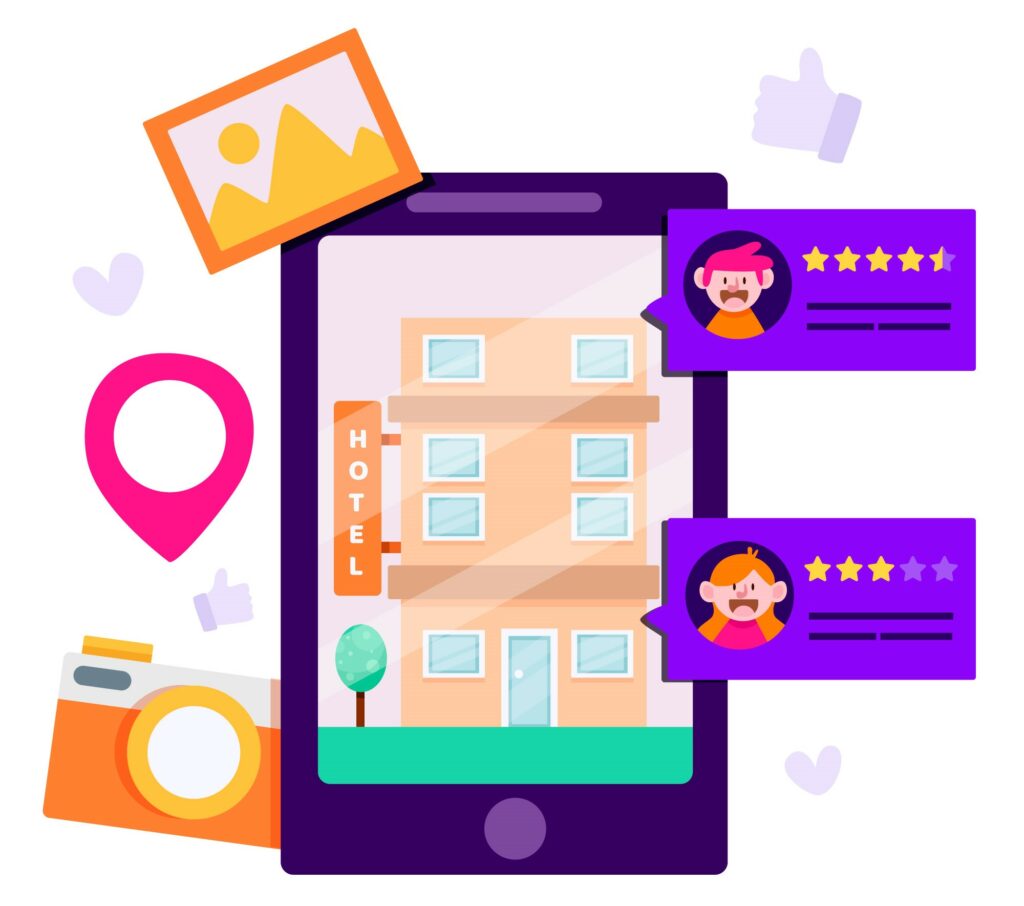
Photo & Video Sharing
Users can instantly snap, edit, and upload photos or videos, which is the core appeal of any social media like Instagram.
- Designing the Camera Interface: Your app’s camera interface should be intuitive and allow users to capture high-quality photos and videos easily. Features like zoom, focus, and timer should be accessible with simple taps and gestures.
- Media Upload and Editing Tools: Allow users to upload existing media from their phone galleries, and offer basic editing tools such as cropping, rotating, and adjusting brightness or contrast.
Social Networking Features
Recreating features that enable community-building is essential for retaining users:
- Follower System: The follower/following model is central to any app like Instagram, allowing users to build their networks.
- Likes, Comments, and Direct Messaging: Engagement features such as likes, comments, and real-time direct messaging are crucial. Users want immediate feedback on their posts, so real-time notifications are important.
Stories and Reels
Instagram Stories and Reels are key drivers of engagement and are a big reason why Instagram has such a high daily active user count.
- Stories: Allow users to share photos and videos that disappear after 24 hours. Instagram Stories come with various interactive tools like polls, Q&A, and gifs that enhance user engagement.
- Reels: Short-form video content is a must for any Instagram alternative. Reels allow users to create bite-sized, entertaining videos with music, text, and effects.
Explore Page and Hashtags
Instagram’s Explore page and hashtags are critical for content discovery. These features allow users to find new content, accounts, and trends that match their interests.
- Developing Content Discovery Algorithms: Like Instagram’s Explore page, your app should feature a recommendation system that helps users discover trending content based on their behavior and preferences.
- Hashtags: Hashtags allow users to categorize and discover content. Implementing a hashtag system will improve content discoverability, and popular hashtags should trend or be featured on your app’s Explore page.
Push Notifications
Push notifications are an essential feature for retaining users and driving engagement on any social media platform, such as Instagram.
- Instagram effectively uses notifications to remind users of new comments, likes, and messages, as well as when a user they follow posts new content.
- To integrate push notifications, use services like Firebase Cloud Messaging for Android or Apple Push Notification Service for iOS.
User Profiles and Settings
User profiles are essential for personalization, identity building, and interaction on a website like Instagram.
- Allow users to create and customize their profiles with a bio, profile picture, and links to other social accounts.
- Make sure that users can easily see who is following them, who they are following, and their recent activity, such as liked posts or commented content.
By focusing on these essential features, you’ll be well on your way to building a successful Instagram alternative.
6. Implementing Backend Features
For an Instagram alternative to succeed, a seamless backend is essential for managing user interactions and delivering content quickly.
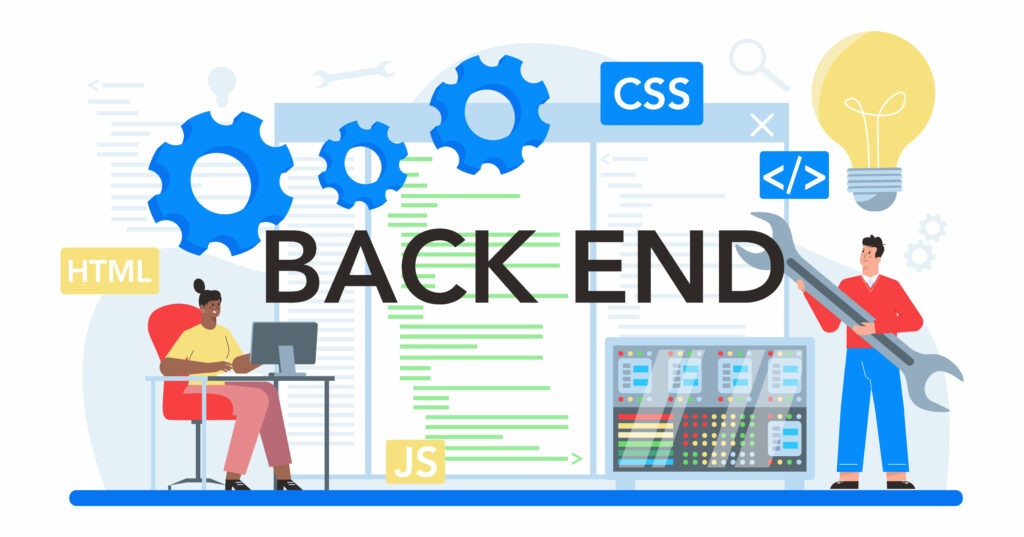
Authentication and Authorization
Securing user data and ensuring smooth access to the app are critical elements of an app’s backend.
- Secure Login Systems: Use OAuth, Google Sign-In, and Facebook Login to make it easier for users to register and log in securely.
- Token-Based Authentication: Implement secure token-based authentication to keep users logged in while ensuring data security. Instagram, like most social media apps, uses encrypted tokens to manage sessions and protect personal information.
- Data Encryption: Encrypt all sensitive data, including login credentials and private messages, to maintain user privacy.
Handling Large-Scale Media Uploads
For an app like Instagram for Android or iOS, fast uploads and content delivery are crucial for user satisfaction.
- Compression Techniques: Apply media compression to reduce file size without compromising quality.
- Content Delivery Networks (CDNs): CDNs are used to distribute media files across global servers, allowing users to access content faster no matter where they are located.
Managing File Storage and Scalability
Instagram handles massive data influxes through scalable solutions, and an Instagram alternative must do the same.
- Database Structuring: Use cloud-based databases like PostgreSQL or MongoDB to store user profiles, media files, and interaction data.
- Cloud Storage Solutions: Services like AWS S3 or Google Cloud Storage are ideal for large-scale media storage. They offer reliable and cost-effective solutions for storing high volumes.
Provide users with the seamless experience they expect from a social media like Instagram.
Want to Create An Instagram Alternative?
AppVerticals, Leading App Development Company, is just a click away.
Yes Let’s go7. Monetization Strategies for an Instagram-Like App
Instagram’s revenue model offers various ways to generate income, and an app similar to Instagram can adopt these strategies to drive profitability. See how these apps make money online.
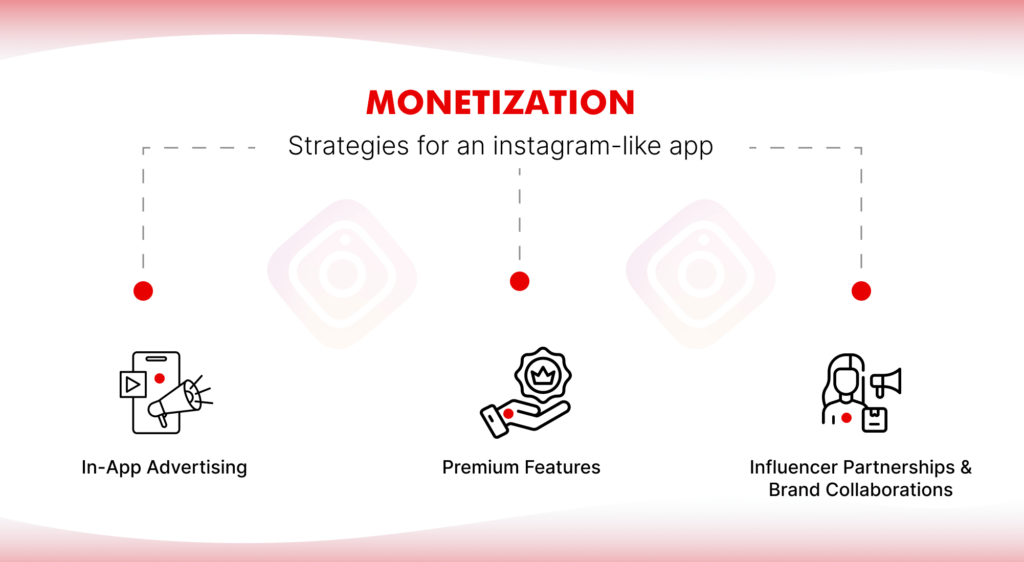
In-App Advertising
Instagram’s primary revenue stream comes from in-app advertising, including:
- Banner Ads and Sponsored Posts: Banner ads can be displayed in the app’s feed or stories, while sponsored posts are integrated within a user’s content stream. Ensure that ads are well-targeted to avoid alienating users.
- Targeted Ads: Use data analytics to deliver personalized ads based on user interests, behaviors, and demographics. Instagram’s algorithm-driven ad targeting is highly effective, driving higher engagement rates.
Premium Features
Offering premium features through a subscription model can also be a lucrative option:
- Subscription Models: Instagram doesn’t currently offer a paid version, but your app could stand out by introducing a subscription model. This option works well for users who want more control and customization over their content.
- In-App Purchases: Offering in-app purchases like filters, stickers, or exclusive effects can help generate additional revenue.
Influencer Partnerships and Brand Collaborations
Your app could create opportunities for influencers to partner with brands directly on your platform.
- Brand Deals: Your app can charge for creating opportunities for collaborations, sponsored posts, and promotional content.
- Influencer Marketplaces: Similar to Instagram’s Creator Marketplace, develop a platform within your app. Here, brands can discover and collaborate with influencers based on their follower demographics and engagement rates.
8. Ensuring Security and Privacy
Instagram takes numerous measures to secure user data, and any Instagram alternative must incorporate similar best practices.

Protecting User Data and Privacy
Your app must comply with global privacy regulations such as the General Data Protection Regulation (GDPR), California Consumer Privacy Act (CCPA), and other regional data protection laws.
Ensure your app adheres to GDPR, which regulates how user data is collected, stored, and processed.
Instagram uses end-to-end encryption for private communications. This ensures that only the intended recipients can view the messages.
Implementing Secure Authentication Methods
Creating a secure login and authentication process is a critical defense against unauthorized access and potential data breaches. This can include:
- Two-factor authentication (2FA).
- Secure token-based authentication (it involves generating tokens during login that are used to authenticate subsequent requests).
Content Moderation and Abuse Prevention
With millions of users uploading content daily, platforms like Instagram face the challenge of moderating harmful or inappropriate posts. Implement strong content moderation systems to ensure a safe environment for users.
Developing algorithms that can identify hate speech, nudity, or cyberbullying is essential for maintaining the app’s integrity. In addition to automated tools, consider incorporating human moderators to review flagged content and appeals.
Preventing Cyberbullying and Online Abuse
Instagram has introduced various tools to combat online abuse, such as comment filters, keyword blocking, and restricted mode, which limits interactions with abusive users. Your app can have built-in reporting systems that alert moderators to potential violations of the platform’s policies.
These best practices will help prevent data breaches, protect user privacy, and mitigate harmful behavior on your platform.
9. Testing and Iterating
Instagram’s success lies in its commitment to user feedback and constant improvements, and your Instagram alternative must follow the same approach

Iterating Based on User Needs
Successful apps like Instagram don’t stay static—they evolve based on user behavior and market trends.
- Use analytics to monitor how users interact with your app. Metrics such as daily active users, session duration, and feature usage can inform decisions about what to improve or introduce in future updates.
- Conduct A/B tests! Instagram often experiments with new layouts, buttons, or UX designs to observe users’ interactions.
Continuous Updates and Feature Releases
Continuously rolling out updates with new features, bug fixes, and UX improvements ensures that your app doesn’t become stale.
- Establish feedback loops by encouraging users to provide input on new features or report any issues.
- Release updates that address both user-reported bugs and introduce new features to keep users engaged and coming back.
With continuous testing, iteration, and feedback gathering, your app, similar to Instagram, will remain user-focused and competitive.
10. Launching and Marketing Your App
After months of development, the final step in building an app like Instagram is ensuring a successful launch and creating a powerful marketing strategy.

Pre-Launch Marketing Strategies
Before your app goes live, building anticipation is essential. Start marketing your app well before the launch date to create excitement and a loyal following:
- Teaser Campaigns
- Social Media Promotions
- Pre-Launch Email List
Post-Launch Marketing Strategies
Once your app is live, the real challenge begins—attracting a large user base and maintaining engagement:
- One of Instagram’s key drivers of success was its reliance on UGC. Encourage users to share content created through your app, such as photos, videos, or filters.
- Partner with influencers post-launch to showcase how they use your app. Whether it’s sharing photos, editing videos, or hosting live streams, influencer endorsements can attract a wider audience.
- Word-of-mouth is a powerful tool for promoting apps like Instagram. Offer incentives for users who invite their friends.
Maximizing Reach with SEO and ASO
Optimizing your app for search engines (SEO) and app stores (ASO) is critical for long-term visibility.
- Ensure that your website is optimized for apps like Instagram, social media like Instagram, and apps similar to Instagram keywords.
- Optimize your app title, description, and screenshots using keywords like Instagram alternative, apps similar to Instagram, and app like Instagram for Android. Use engaging visuals and highlight unique features that differentiate your app from competitors.
Engaging Users with Promotions and Campaigns
After the initial launch buzz, keeping users engaged is key to maintaining growth:
- Create promotions that encourage users to engage with your app.
- Launch social media and email marketing campaigns to promote new features or upcoming events.
With the right pre-launch buzz, post-launch marketing, and ongoing engagement, your app can quickly gain traction.
How Much Does It Cost To Make An App Like Instagram?
| Development Stage | Feature/Task | Estimated Hours | Cost Range (USD) |
| Planning & Research | Market research, competitor analysis, project scope | 40-80 hours | $2,000 – $6,000 |
| Design (UI/UX) | User interface, user experience design | 100-200 hours | $5,000 – $15,000 |
| Frontend Development | Mobile app design, layout (iOS/Android) | 300-500 hours | $15,000 – $50,000 |
| Backend Development | API development, user authentication, server setup | 500-700 hours | $25,000 – $70,000 |
| Core Features | Photo/video sharing, filters, editing tools, Stories | 300-500 hours | $20,000 – $60,000 |
| Social Features | Likes, comments, direct messaging, follower system | 250-400 hours | $15,000 – $50,000 |
| Discovery & Search Features | Explore page, hashtags, content discovery algorithms | 250-400 hours | $20,000 – $50,000 |
| Push Notifications | Real-time notifications (Firebase, APNs integration) | 50-100 hours | $3,000 – $8,000 |
| Security & Privacy | Encryption, data protection, secure login, two-factor auth | 150-200 hours | $10,000 – $20,000 |
| Testing & QA | Bug fixing, beta testing, performance testing | 200-300 hours | $10,000 – $30,000 |
| Launch & Deployment | App Store, Play Store submission, final checks | 50-100 hours | $2,000 – $5,000 |
| Ongoing Maintenance | Updates, improvements, bug fixes, new features | Monthly retainer | $2,000 – $10,000/month |
Total Estimated Cost of An Instagram Alternative
- Minimum: $129,000
- Average: $374,000
These costs can vary based on the geographic location of the development team, the complexity of the features, and the quality of the technology stack chosen.
Wrapping it Up!
By combining these strategies, you can ensure that your Instagram alternative is set for success right from the start. Work on every step from researching your target audience to ongoing engagement with care. This way, your app can quickly gain traction and secure its place in the competitive world of social media.
Need Assistance In Creating An Instagram Alternative? Contact Now!

